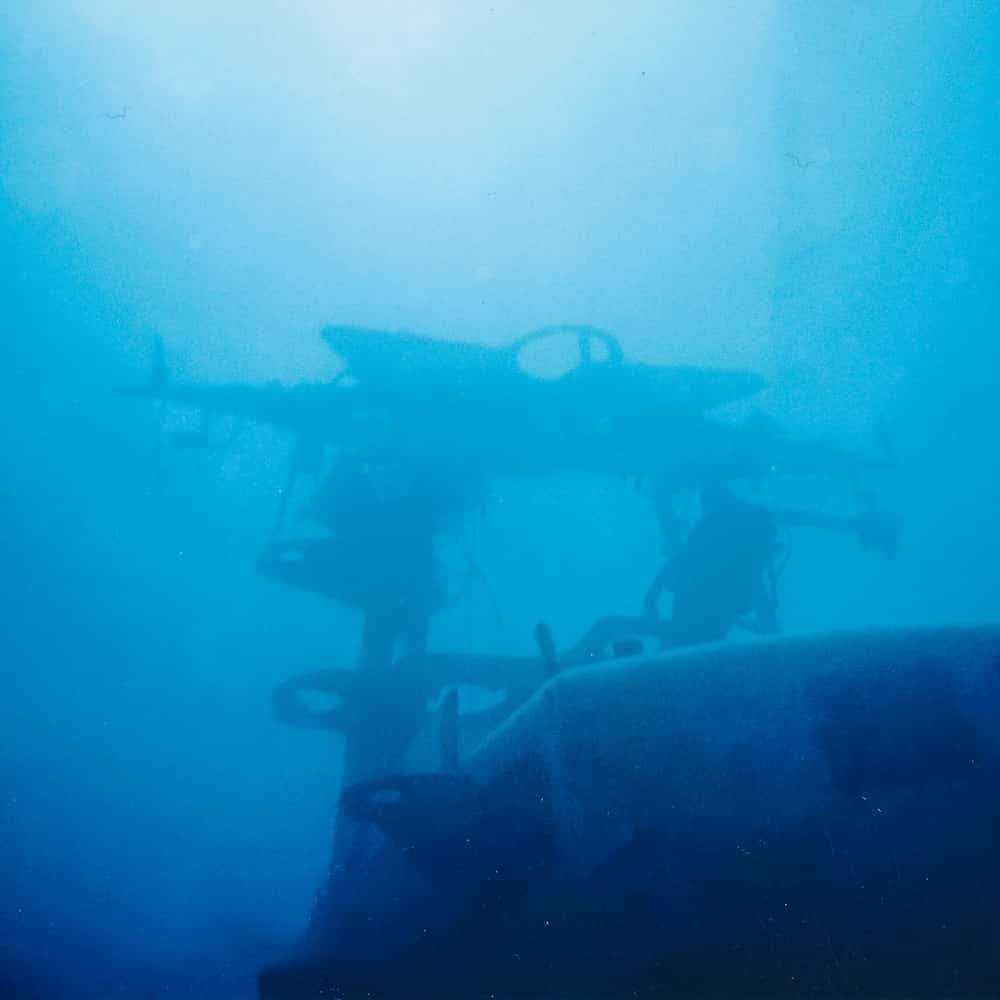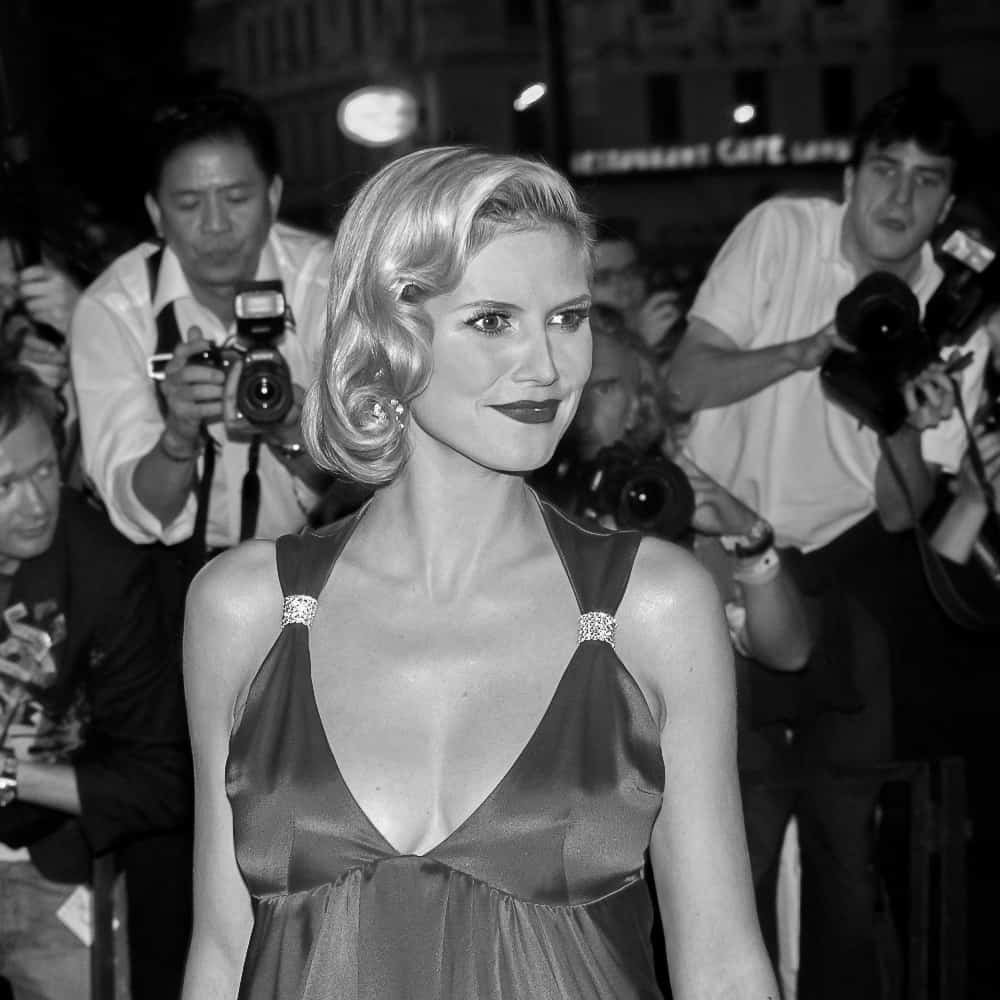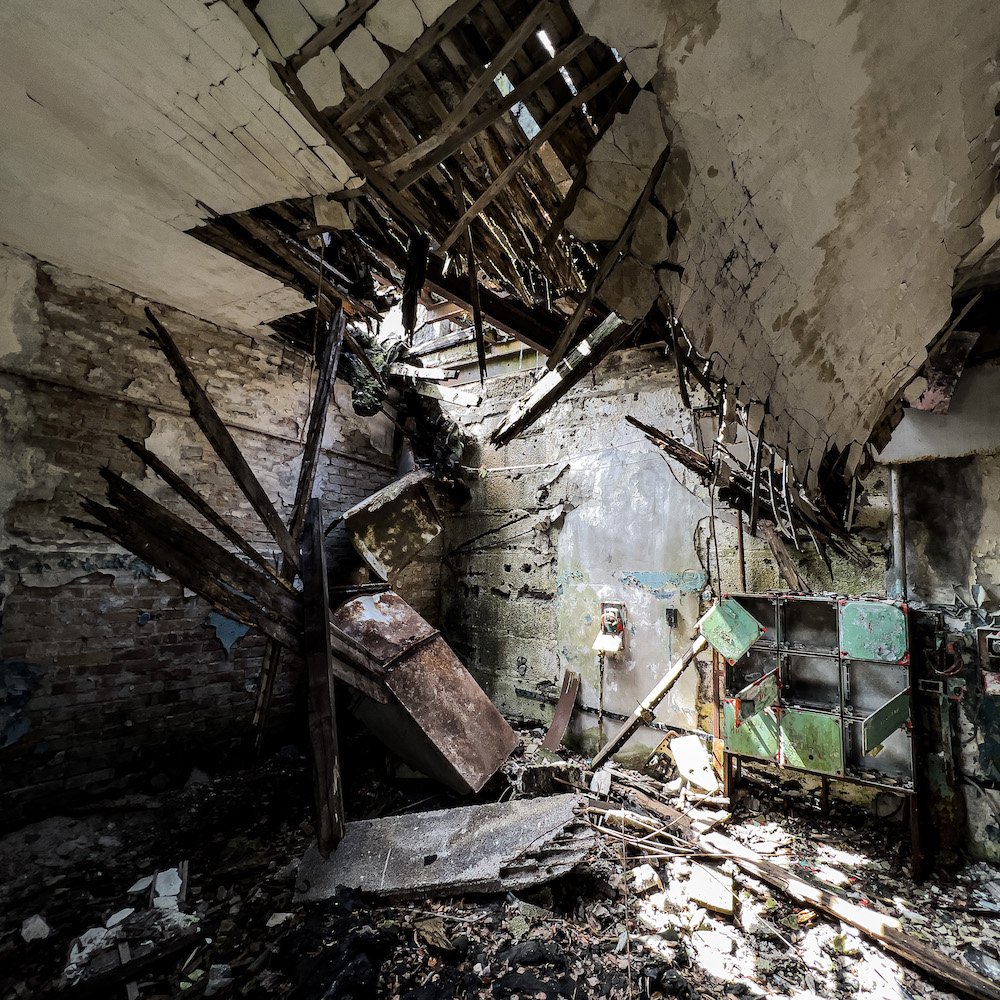About this website
Welcome to the inescapable “about” page. I’ll update this page sporadically with some background information to answer your most burning questions about the “who”, “what”, “why” and “why not”.
Red Sofa, Germany. Shot on iPhone Xs
So please, take a seat on the red sofa I discovered in a lost place in Germany (shot on iPhone) while I explain all this stuff.
Oh yes, if you don’t enjoy reading, you can also listen to two podcast interviews about my approach to iPhone Photography, hosted by Greg McMillan and Rajeev.
Otherwise, just scroll down to learn more about some milestones in my photographic journey and, most importantly, why I ditched my DSLR and turned to iPhone photography in 2012.
About me
A photo of myself. Not shot on iPhone
First, please allow me to introduce myself. My name is Chris (“him”) and I live in the beautiful city of Vienna, Austria. A city that received numerous awards for being the most livable city in the world.
My photography story began back in 1984, when I received the first film camera from my dad to document my first trip to the United States. But I guess that’s how many started their photography journey.
So, fast-forward a few years.
After a scuba diving tip to Eilat, Israel, in 1995, I published my first photo on the Internet. It was a photo of a small coral that I took using a disposable camera in an underwater housing from Ikelite.
1995 - 2000
Shot on Film
Before I turned to digital cameras, I used classic film cameras - above and underwater: From disposable cameras for underwater photography to point and shoot cameras and my first SLR for documenting my travels.
A coral, Eilat (Israel), shot on film
Back then, I had to carry numerous photo accessories on each trip: the SLR, numerous film rolls, a wide and a telephoto lens, a tripod, batteries, chargers, a flashlight and a housing for taking underwater photos with a disposable film camera.
Even back then, I felt more like a pack mule than a traveler. On many trips, I carried more camera equipment than clothes. But that’s the way it worked in the 1990s. Digital cameras were merely a proof of concept, not to mention camera phones - they didn’t exist yet.
Two of the underwater photos I took back then were even featured by Ikelite, the manufacturer of the underwater camera housing I used for underwater photography, on their website from 1995 to the early 2000s.
If you’re curious, you can still see that page containing two images I took via archive.org.
Taking underwater photos was a bit challenging. First, there were many small particles floating around in the water that would reflect the light of the flash. Moreover, all the animals simply wouldn’t want to wait until I got a good photo of them. That was probably one of the reasons I turned to travel photography above the water, focusing (pun intended) on landscapes and architecture.
As you can see in the second photo, I always had a sweet spot for lost places - even if they’re underwater.
2000 - 2012
Digital Concert & Event Photography
In 2000, digital cameras became affordable. My first digital camera was an Olympus UZ 2100 that had a stunning resolution of 2.1 megapixels. But soon I replaced it with a Nikon D70 and stayed with Nikon digital cameras, which I used to document my trips and during a part-time job as an event and concert photographer for two local picture agencies.
Evil Jard, Vienna. Shot on DSLR
As I just switched from Windows to a Mac Computer in the early 2000s, I edited my concert photos mainly with Apple Aperture, which was similar to Lightroom and part of Apple’s professional line of creative applications.
The first digital SLR I owned was a Nikon D70. I used it for years and eventually upgraded to a Nikon D300. Being a concert photographer was and interesting job. During concerts, we got numerous orders from the artists’ management about how to photograph them and during which songs we were allowed to take photos.
Since 2012
iPhone Photography
During a trip to Las Vegas in 2012, I began using iPhone as a point and shoot camera. I was surprised by the quality of the photos the iPhone 5 produced.
Wynn @ Encore, Las Vegas, Shot on iPhone 5S
So one day, I left my DSLR and all the heavy camera accessories in the hotel room and used only my iPhone to take photos in Las Vegas.
I browsed and bought almost each camera and photo editing app I could find in the App Store to find ways to take and edit my photos like I’d do in Apple Aperture.
Some examples were Snapseed, Camera+, Pixlr-O-Matic, Camera Awesome, Camera Sharp or ProCamera just to name a few.
Walking through a city without a heavy camera bag felt so liberating. No camera was dangling from my neck and I could immediately check the photos I made on a big screen - and if necessary, delete and re-take them. It was like I just rediscovered photography. Here are a few photos I took during that trip to Las Vegas. All photos shot on iPhone 5.
Head to the blog to learn more about my approach to iPhone Photography, which camera apps and which photo editing apps I use and learn how I use them.
Also since 2012
Lost Places Photography
During a road trip in Carinthia, Austria, I discovered an abandoned manor house near the road. I was stunned by this decaying beauty.
Dentist’s Chair; Germany
Since then, I’ve visited dozens of lost places in Europe and the United States and photographed them with my iPhone.
There’s a special category in my blog where I share photos of my journeys to abandoned places - all shot on iPhone.
During my journeys, I’ve photographed well and lesser known lost places: From the abandoned buildings in the Chernobyl exclusion zone to the well known Beelitz Heilstätten to the abandoned immigration hospital on Ellis Island.
In my blog, you’ll find a dedicated page about all the lost places I’ve visited. And you can visit some of them too - legally!

















